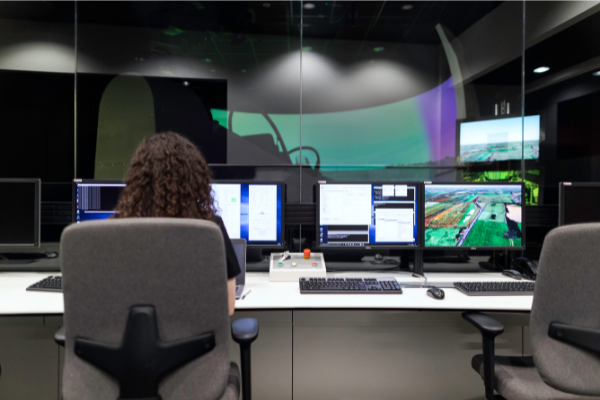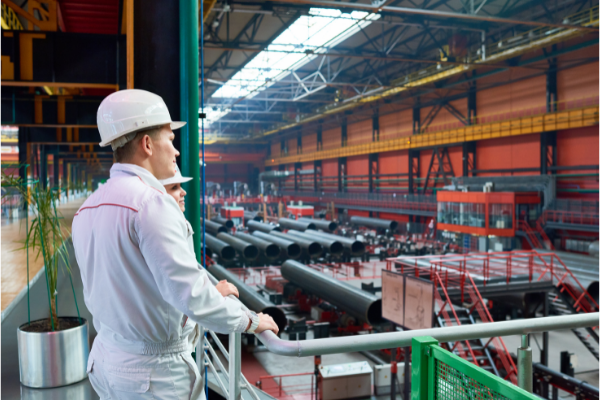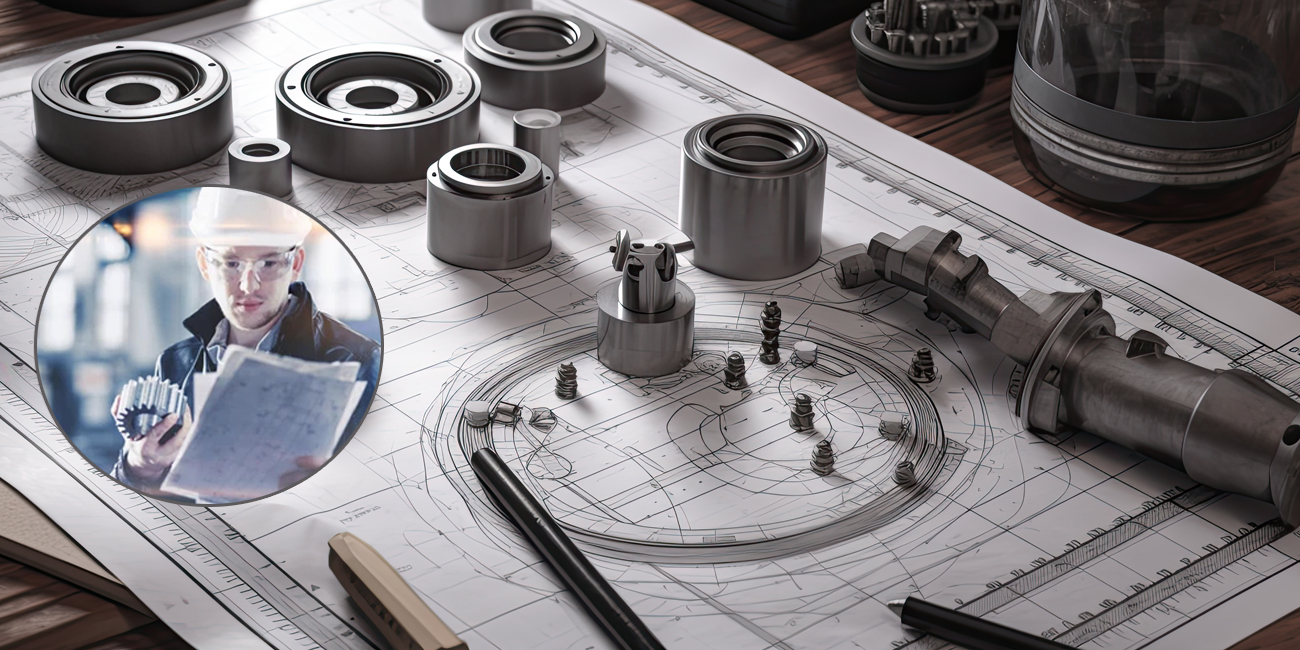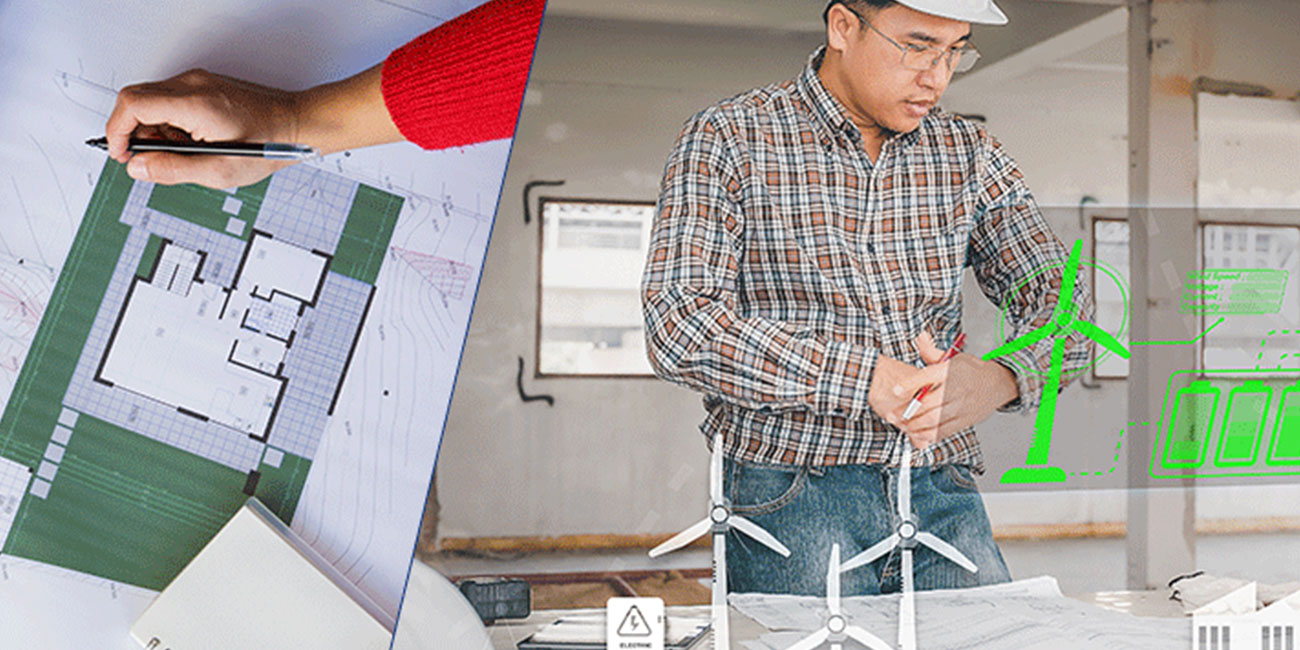
Since the beginning of the past decade, there has been an immense change in the way that digitalization has been perceived. From the evolution of smartphones to the integration of technology across industries - it has been a roller coaster ride. The industry of Process Engineering and Design is no exception, here.
What is Process Engineering?
Before we get into the nitty gritty of the new trends in the field of Process Engineering and Design, it is important to understand each of these terms clearly. And that is when, we will truly understand how to incorporate the trends.
Focusing on the end-to-end manufacturing of products in a plant is what is understood as Process Engineering. Although this is a new field of Engineering, this has helped in introducing sustainability, steady growth of economy, technological advancements and so much more across all industries. In recent times, more and more manufacturing plants, across countries, are adapting to this modern field.
What is Engineering Design?
Engineering Design is not just another field of study, but a process - a continuous process which brings about an evolution of tools and enhancement of the human thought process to solve complex problems.
Completing a task at hand, at a plant, also requires the Process Engineers to repeat processes over and over again. To complete repetitive tasks, such as Defining, Planning, Modeling, Testing, Engineering Design can be used.
The sole purpose of Engineering Design is to take a problem-solving approach. To understand the problems, Process Engineers are required to delve deeper into experiments and look for possible solutions.

Understanding Process Engineers
Designing of a manufacturing plant lies at the core of a Process Engineer’s responsibility. They are responsible for transforming raw materials into consumer-usable products. To complete the process from Engineering & Design to manufacturing of equipment - Process Engineers have to work alongside a number of other manufacturers, which include industrial and sanitary manufacturers. Besides ensuring a seamless process of equipment manufacturing, the other manufacturers also help in optimizing chemical processes, controls over different segments involved and overall plant design efficiency.
More often than not, a Process Engineer is hired by manufacturing organizations to control, oversee and manage all the stages involved in the completion of a plant design. From designing the process systems to analyzing the cost estimates, selecting the equipment, finalizing the layout, bringing strict control over the system - a Process Engineer is responsible for taking care of all of these aspects and ensuring a smooth functioning of the workforce and equipment.
Ruling Trends of Process Engineering & Design:
A Shift to the Digital World in Manufacturing Plants: This doesn’t necessarily indicate a negative impact in Engineering plants. With a global shift in the digital space, across all industries, it is important to move on with changing times. And the first step towards digital advancement lies in the digitalization of all plants. Some of the new additions or changes will include Asset Management Systems and Wireless Networks. The addition of these materials will help the Process Engineers incorporate efficiency and enhance the overall output in a plant.
The introduction & implementation of Automation technology: Extending the importance of technology in the field of Engineering, this is another trend that is here to stay - Automation Technology. In 2022, not only will this trend be introduced to most of the manufacturing plants, but will also stay for a long time. Computer Technology and Software Engineering will become two of the most popular tools, which when combined together, are capable of delivering outstanding results at the manufacturing units.

Proactive Maintenance of Equipment and Human Resources: Although, we never seize to reiterate the importance of proper maintenance of equipment, often, we forget that Human Resources play a more important role. Be it a machine or a human resource, it is important to keep regular checks on their vulnerabilities, which will, in turn, help Project Engineers foresee issues. Research shows that the lack of proactive maintenance has often led to severe breakdown of plants and that is why, this trend will see a steady rise in this year and the upcoming years. Keeping regular checks not only enable in detecting issues, but to handle it in a less time-consuming and efficient manner.
The Enhancement of Simulation Tools: Maintaining an expansive manufacturing plant is never a cakewalk. And that is why, it is not enough just to make a switch to the digital world. That is where Process Simulation Tools will play a key role. Process Engineers shall see an enhanced use of these tools that will help them take charge of a situation, rectify when things go unplanned and get the desired results. One of the biggest examples of Simulation tools include key refinery equipment. To cater to the increasing need of getting rid of errors at a plant, linear planning tools will see a diminished requirement, which would soon be replaced by Process Simulation Tools.
Modular Skid Packages Will Continue to Rule: One of the most game-changing inventions that is not only portable, but can be easily integrated into a functioning process plant is a Modular Skid Package. It is a process system which is usually contained within a frame. Existing traditional systems are quickly getting old and non-usable. That is why the Modular Skid Packages are quickly replacing the traditional methods and are expected to be in trend 2022.
Responsibilities of a Process Engineer:
Unlike any other kind of Engineer, a Process Engineer is solely responsible for all the success and failures of a manufacturing plant. He not only has to take care of the processes and ensure its seamless flow, he is also the one who is answerable for losses, damages, unforeseen accidents, sudden faults of machines and also has to address the concerns of the employees working within the plant.

Here are some of the roles and responsibilities that a Process Engineer has to abide by on a daily basis:
- Research, analysis and implementation of new equipment
- Creating, configuring and enhancing processes
- Giving new ideas for a design
- Overcoming cost issues
- Time management in an efficient way
- Maintaining the balance between the internal and external teams. This also includes implementation of rules and protocols within the plant, as levied by the senior management. He also has to ensure harmony.
- Besides assessing the risks of the equipment, he also has to come up with a steady solution, in case it doesn’t work out.
- Collection of data, filing reports and presenting the results in a simple manner.
Being a Process Engineer might seem to be one of the most amazing jobs. But the trends that we see coming up on a regular basis, are a result of relentless efforts of these people in studying the issues and bringing them to the table in order to find a suitable solution.
Being a Process Engineer and keeping up with the trends, require one to ask a lot of critical questions and solve problems through designs. As a Process Engineer the most important questions to ask are “what are the problems” and “how can I solve them?”
Stay up to date.
Sign up our newsletter for latest article and news.








